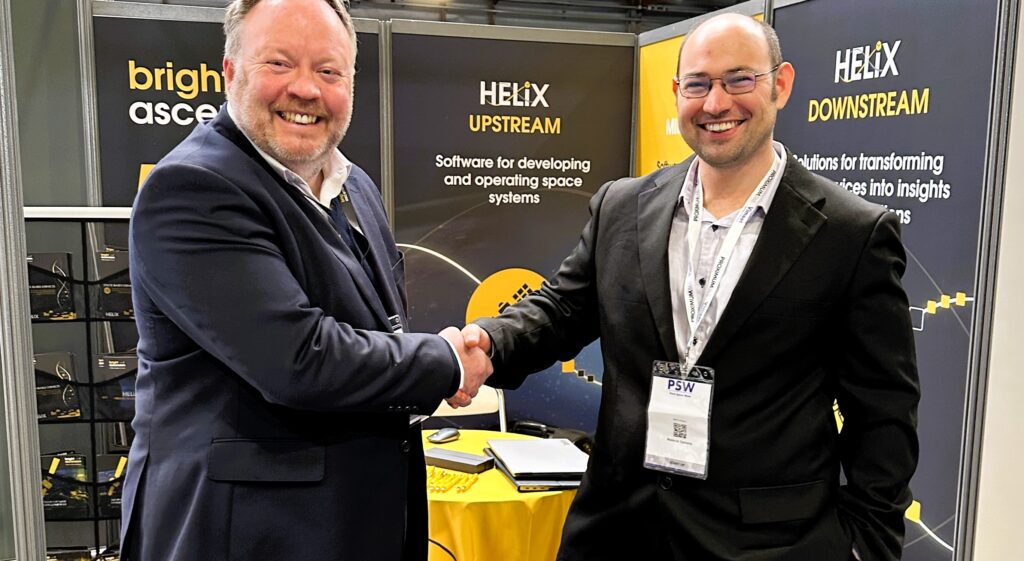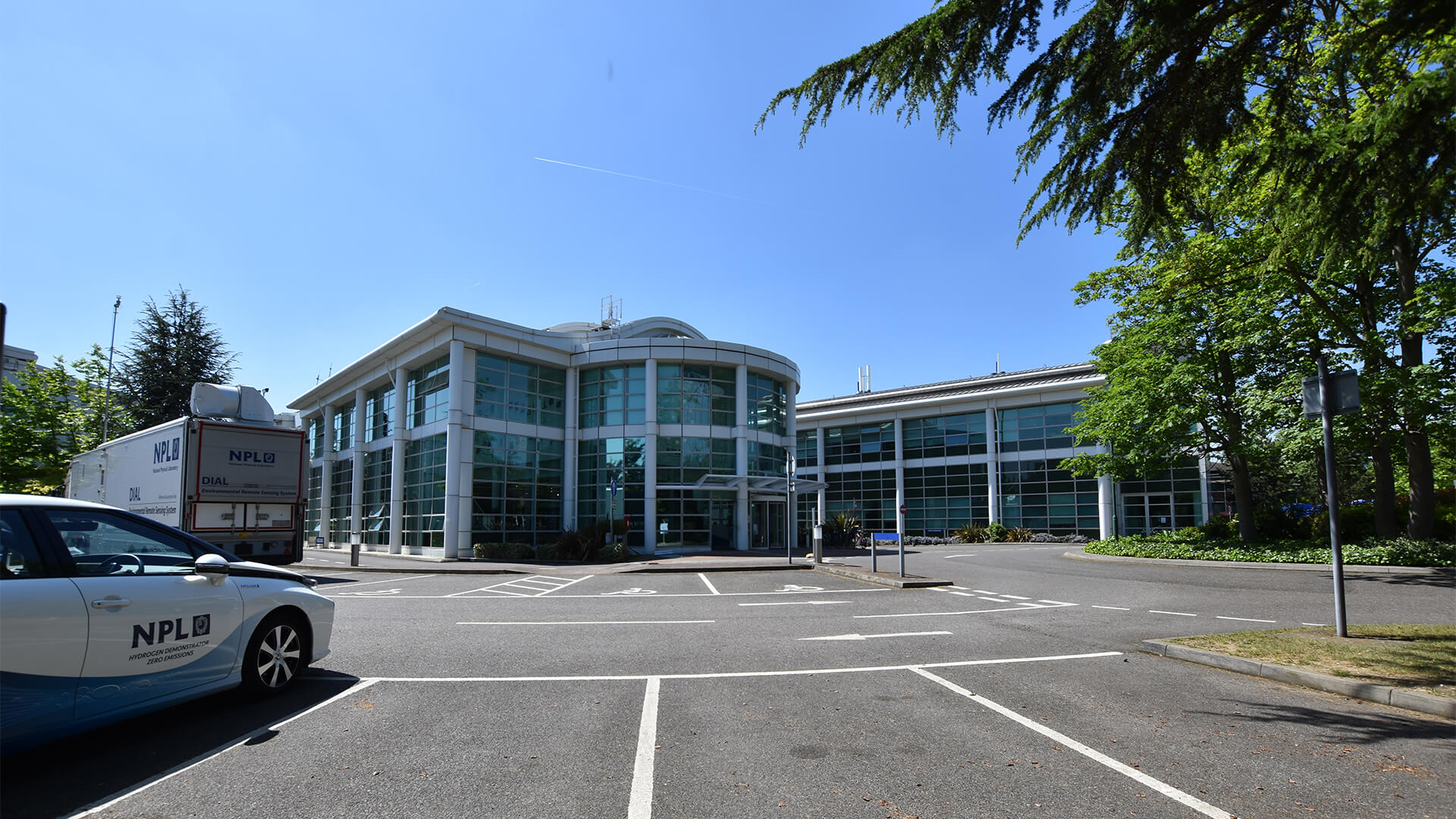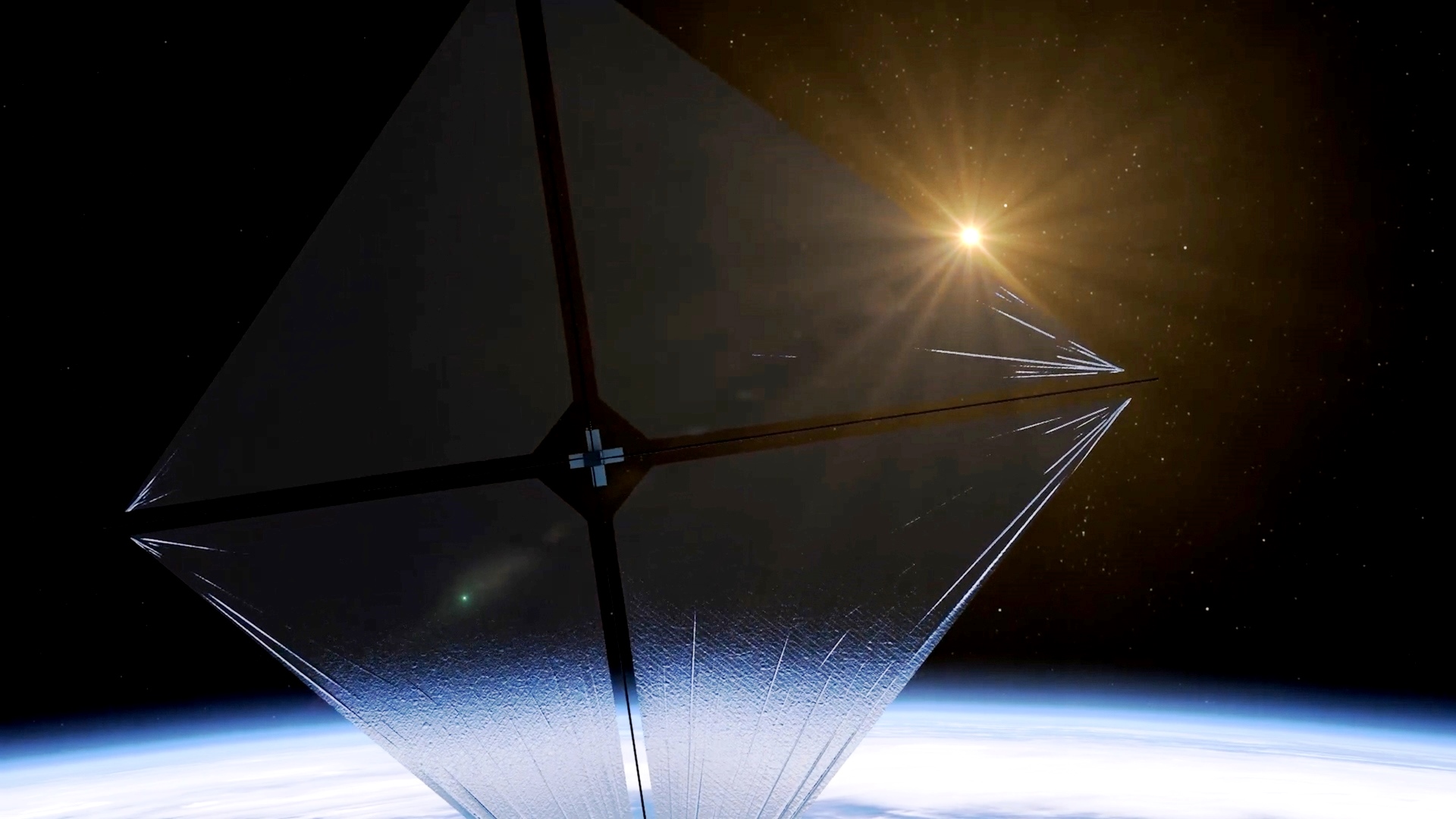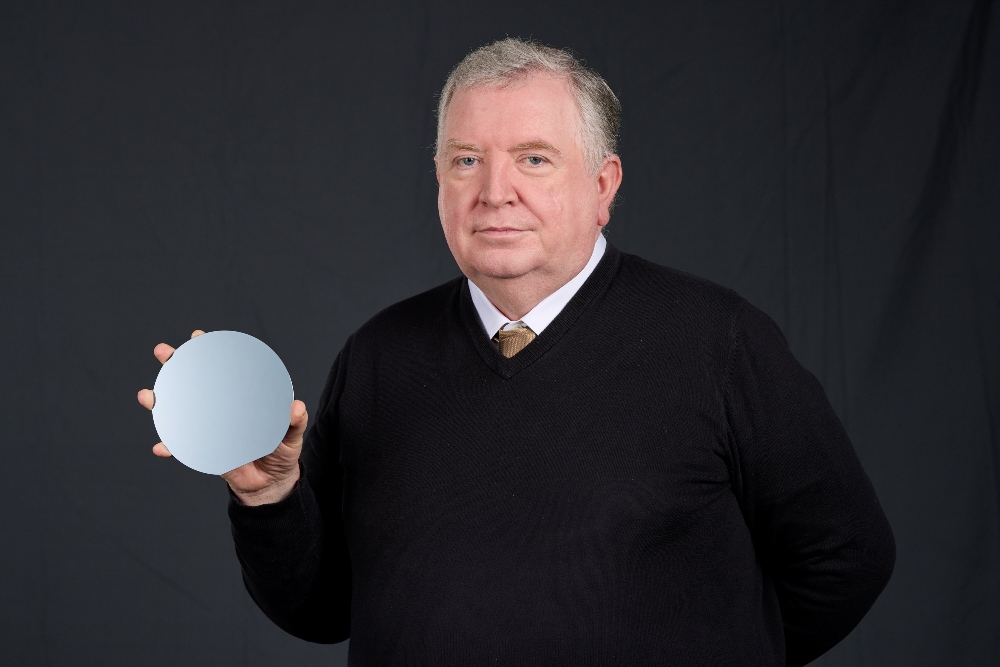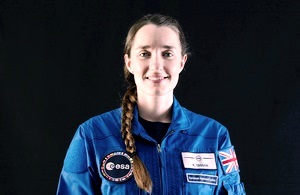RFEL wins study contract from Oxford Uni for SKA radio astronomy project

Above:
Artist's composition of the four SKA instruments spread on the African (right of the image) and Australasian (left of the image) continents.
Courtesy SKA Organisation
This new contract focuses on the design of an FPGA-based signal processing architecture for beam forming functions in the antenna processing hardware.
The first phase of the study concentrated on designing a maximum performance, minimum complexity, channeliser for subdividing the radio spectrum: a capability as important as producing colour images from an optical telescope. RFEL is now investigating whether their beam forming IP, used to image distance sources, can be combined with the channeliser to further boost performance and minimise resource usage. The study is critical because the telescope is projected to have 250,000 antennas and the anticipated processing resources and power budget required is a limiting factor for practical deployment. However, it is vital that these optimisations do not result in a loss of gain, or the introduction of processing artefacts that could be misinterpreted as real signals. RFEL has a decade of experience in validating their channeliser IP to ensure functionally correct operation and therefore is suitably qualified to produce the very best possible solution.
RFEL is also considering using its ChannelCore Flex architecture, with its flexibility to arbitrarily define the centre frequency, bandwidth and sample rate of potentially thousands of independent radio channels to ensure that all available processing resources and data bandwidth are used to maximum effect.
RFEL specialises in novel signal processing architectures and optimal VHDL coding that enables complex designs to 'fit' into smaller, less expensive and more power efficient FPGAs without compromising overall system performance.
Alex Kuhrt, RFEL's CEO, said:"We are delighted to be able to continue working on this international project in such a key role. The SKA, which will be built over the next decade by collaboration between over 100 organisations from 20 countries, will be comprised of thousands of dish telescopes and hundreds of thousands of dipole antennas. Each of the dipole antennas will have two of these channelisers, one for each polarisation, to process the signals. It is therefore vital to keep the power requirement and cost of each processing card to a minimum, which is our speciality."
The antennas will be located in Australia and Africa to form a radio telescope that spans two continents, with a total collecting area of one square kilometre. Rather than just clustered in the central core regions, the telescopes will be arranged in multiple spiral arm configurations, with the antennas extending to vast distances from the central cores, creating what is known as a long baseline interferometer array. It will have an unprecedented scope in observations, exceeding the image resolution quality of the Hubble Space Telescope by a factor of 50 times, whilst also having the ability to image huge areas of sky ten of times faster than any existing facilities.
The SKA will address fundamental unanswered questions about the Universe including how the first stars and galaxies formed after the big bang, how dark energy is accelerating the expansion of the Universe, the role of magnetism in the cosmos, the nature of gravity, and the search for life beyond Earth.
In such an array, physical distance separates the telescopes, and the distance between them is calculated precisely using the time difference between the arrival of radio signals at each receiver. Computers can then calculate how to combine these signals to synthesise something the equivalent size of a single dish measuring the width of the distance between the two telescopes. In doing so, these interferometry techniques enable astronomers to emulate a telescope with a size equal to the maximum separation between the telescopes in the array, or if needed, just the distance between a subset of telescopes, or indeed, multiple subsets of the main array. This way, rather than build one gigantic dish, the capabilities of one huge dish are in some ways surpassed by the flexibility that this interferometry configuration brings.
The SKA project is an international effort to build the world's largest radio telescope, with a square kilometre (one million square metres) of collecting area. The scale of the SKA represents a huge leap forward in both engineering and research & development towards building and delivering a radio telescope, and will deliver a correspondingly transformational increase in science capability when operational.
The SKA Organisation, with its headquarters at Jodrell Bank Observatory near Manchester, UK, was established in December 2011 as a not-for-profit company in order to formalise relationships between the international partners and to centralise the leadership of the project. Eleven countries are currently members of the SKA Organisation and some further countries expressed their interest in joining the project in the near-term future.
RFEL Ltd is a UK-based innovative electronic systems designer, providing real-time high specification signal, image and video processing products, FPGA solutions and design services to defence, security, communications and instrumentation markets.






